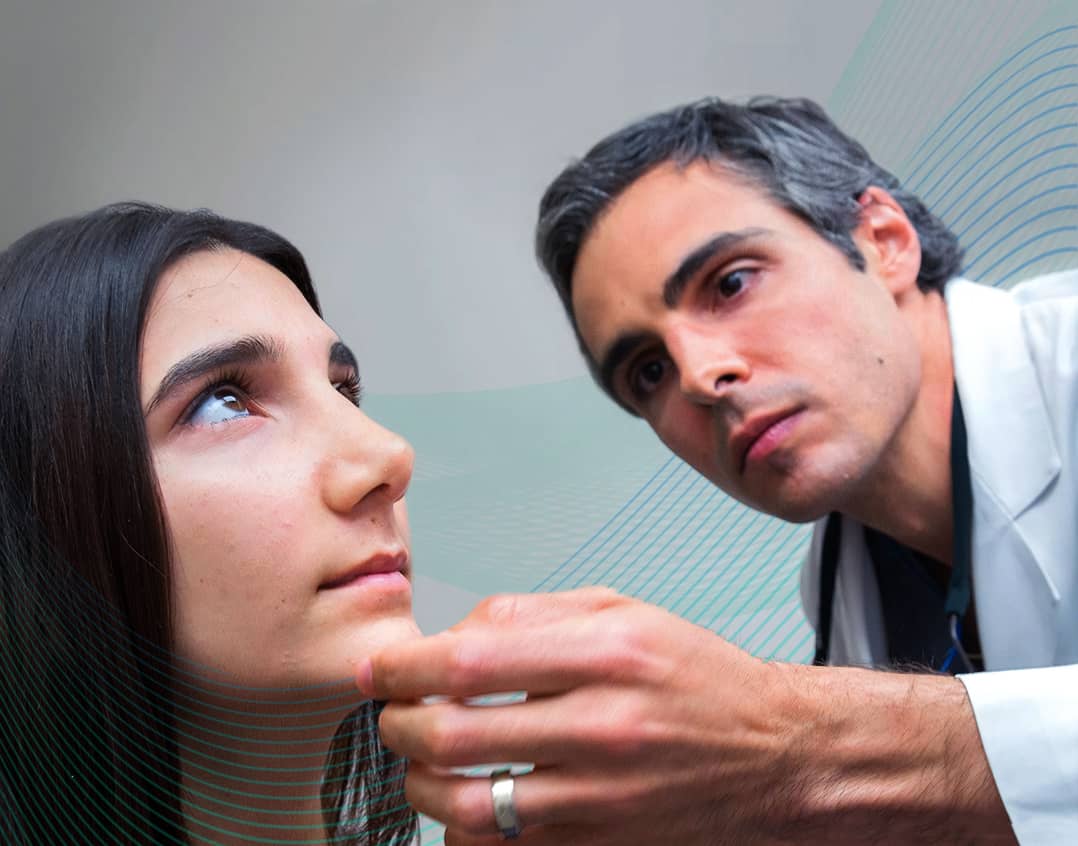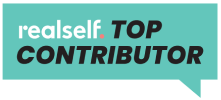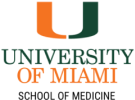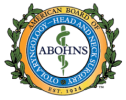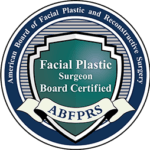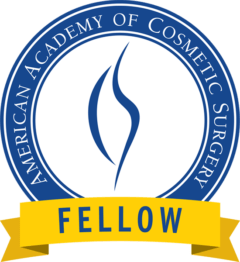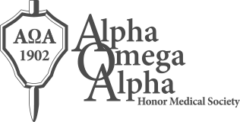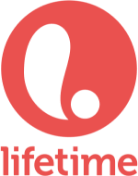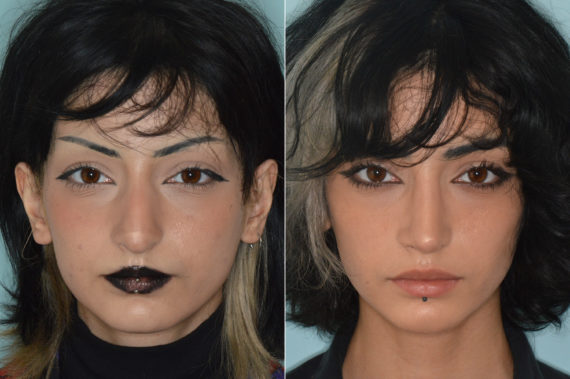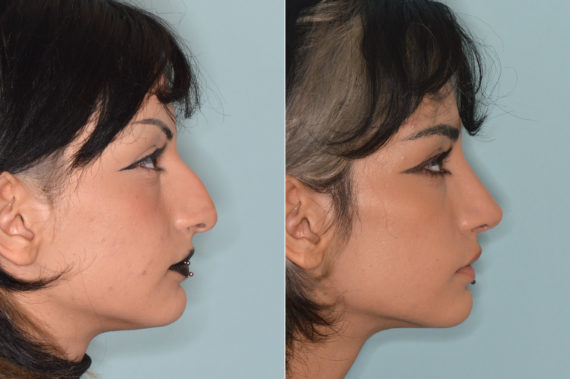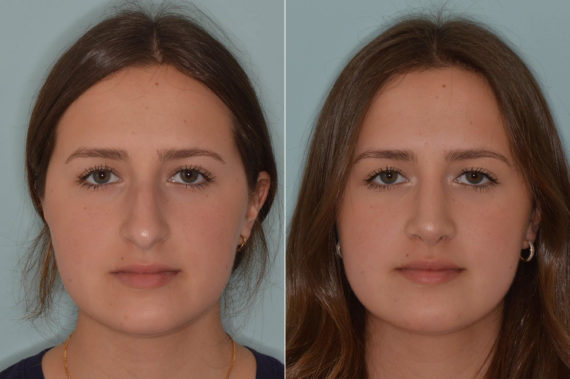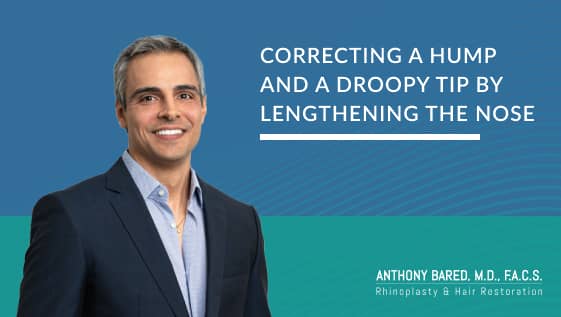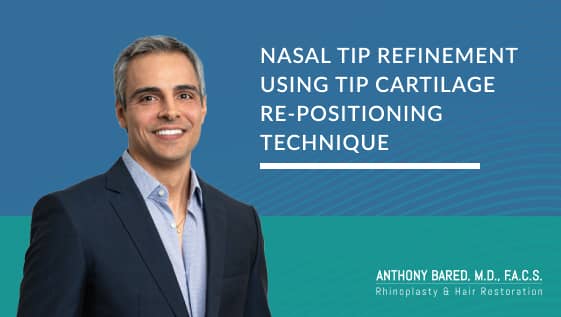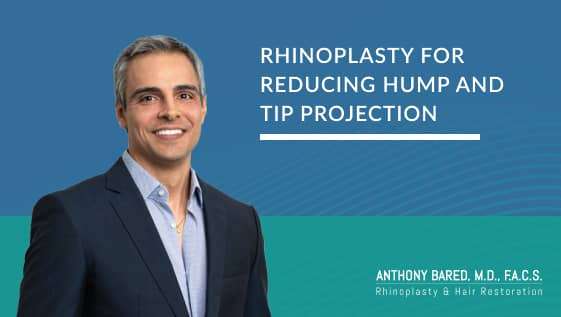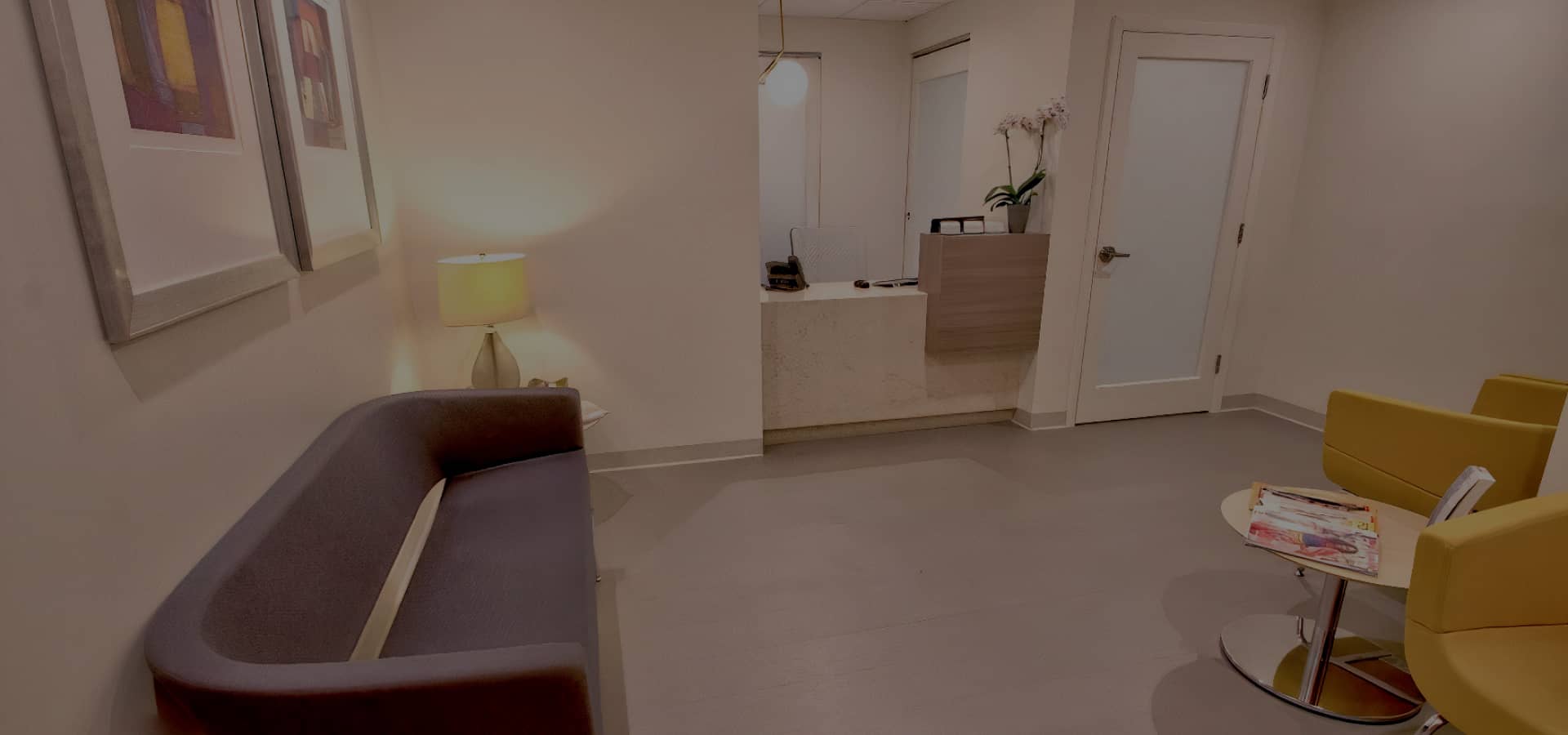Experience the Unparalleled Benefits of Rhinoplasty
Rhinoplasty, often regarded as a transformative journey, is more than a mere cosmetic enhancement. It harmoniously marries function with aesthetic, promising not just a visually appealing nose but an overall balanced facial symmetry and improved breathing capabilities.
Appearance Enhancement
Sculpt and refine your nose to complement your unique facial structure, adding balance and boosting self-esteem.
Functional Improvement
Beyond aesthetics, rhinoplasty can rectify breathing issues, offering a practical solution for lifelong comfort and better overall health.
Personalized Transformation
Customized to your needs and goals, rhinoplasty provides a bespoke pathway to your ideal self, embodying the beauty you envision.
Professional affiliations & contributions
What is Rhinoplasty?
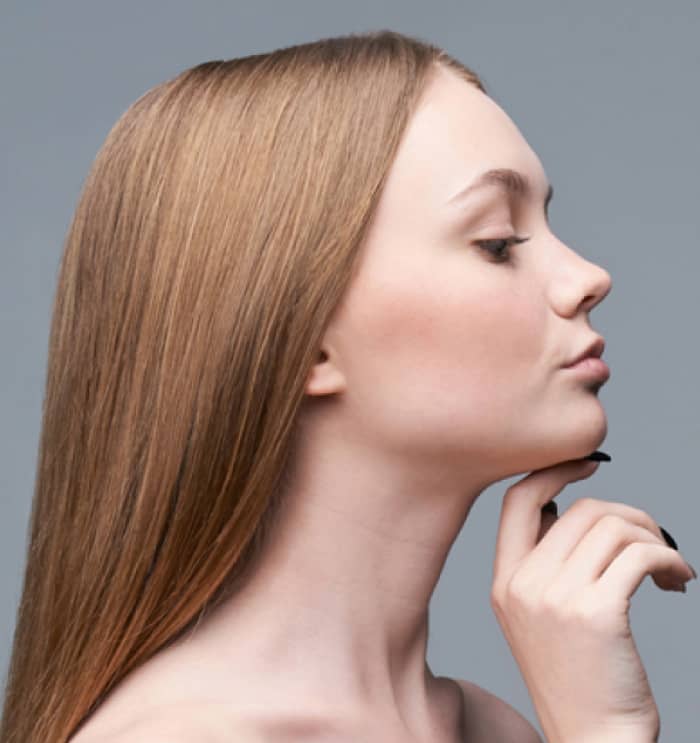
Rhinoplasty (sometimes called a “nose job”), is a surgical procedure that permanently changes the shape and size of the nose (including nasal bones and cartilage shape).
The surgery can help to make your facial features look more balanced by straightening your nose or changing its size. It can also correct an array of nasal flaws and deformities within the nose that can make it challenging to breathe or impact your quality of life such as a bony nasal hump, a collapsed nasal septum, or even a broken nose.
Many people choose Rhinoplasty because they aren’t completely happy with the way their nose looks. If that’s how you feel, know that you’re far from alone!
There’s no one-size-fits-all approach to rhinoplasty. The type of procedure your surgeon performs and the changes they make to your nose will depend on your skin type (like cases of ethnic rhinoplasty) and aesthetic goals.

Why Choose Nose Surgery?
Rhinoplasty For Breathing Issues
Many people who struggle with breathing issues also have nasal congestion and/or sinus infections. These conditions cause nasal breathing problems and make it difficult to breathe properly during sleep. A simple nose job can help alleviate these symptoms and even cure sinus and nasal congestion.
If you’ve struggled with chronic breathing issues, then read the rest of this article to learn how rhinoplasty can solve your problem!
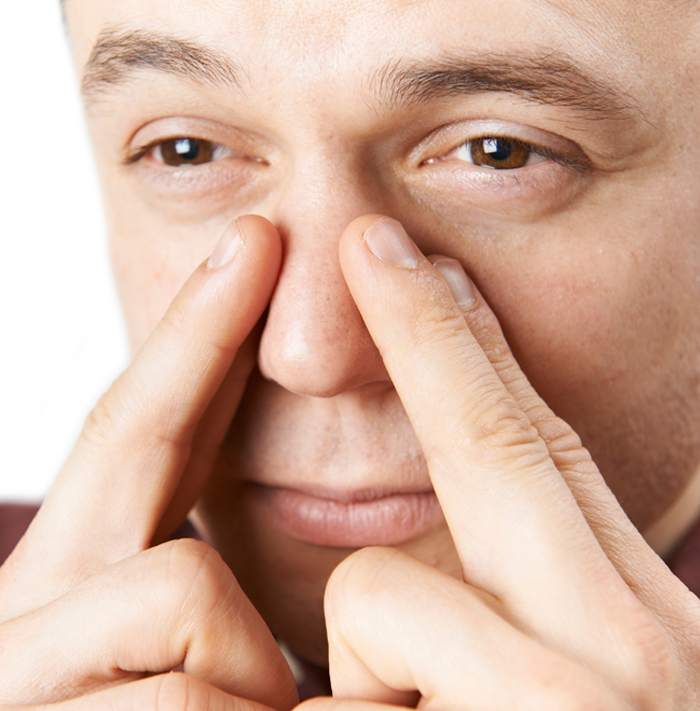
Crooked Nose Rhinoplasty
Most people would agree that having a crooked nose is not attractive. But many people with crooked noses still go under the knife to fix it.
This guide will teach you everything you need to know about rhinoplasty for a crooked nose including who should get it, the risks associated with it, and how long it takes.
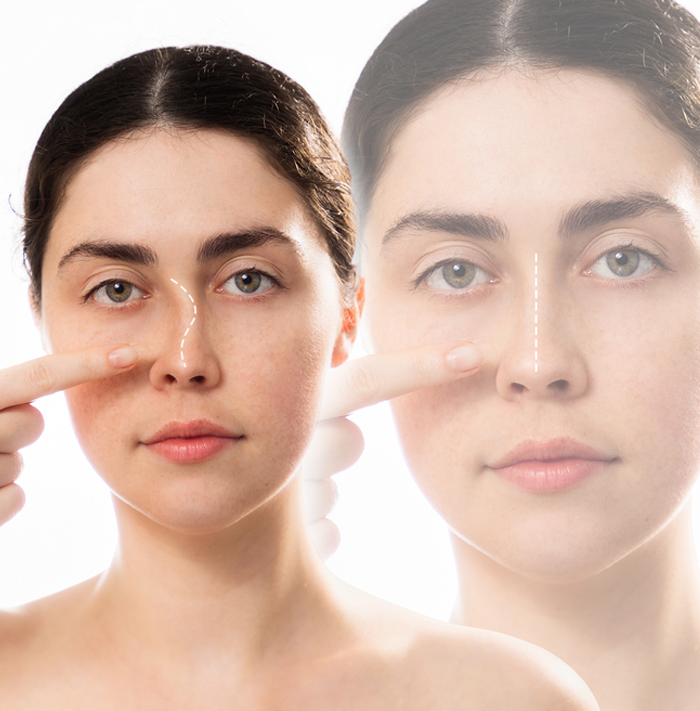
Dorsal Refinement Information
The goal of any rhinoplasty procedure is to create a natural-looking nose that fits well within the patient’s facial structure. In order to achieve this result, surgeons must make small adjustments to the bone structures surrounding the nasal area.
These changes are made using surgical techniques. In this article, we’ll talk about dorsal hump removal with rhinoplasty.
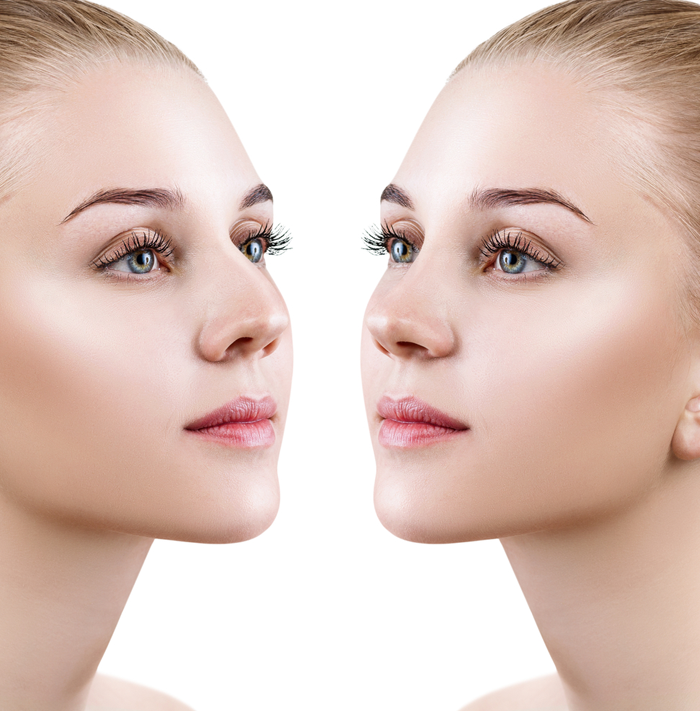
Swelling after a Nose Job
Immediately after your surgery, any swelling that forms is usually a result of inflammation caused by the surgery itself.
Another type of swelling is due to fluid retention. How much fluid your body retains can vary based on your skin thickness and your diet.
It can take months for fluid retention to go away, which can affect how long it takes your results to appear. Be patient, limit your salt, and talk to your surgeon if you have any concerns.
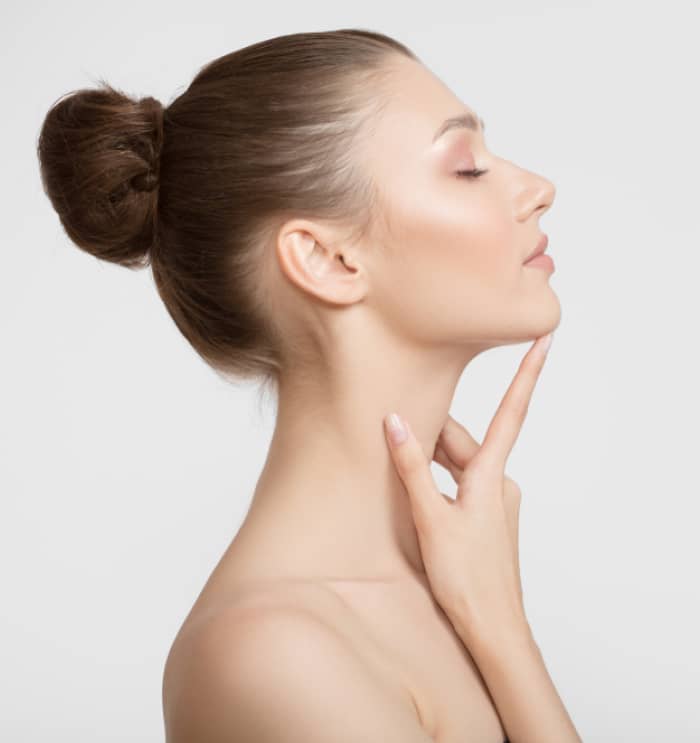
The Rhinoplasty Consultation
If you’re seriously considering nose surgery, the next step is to schedule a consultation with Dr. Bared.
Your rhinoplasty consultation is an opportunity to get all of your questions answered and to review your medical history. It’s also an opportunity for you and your surgeon to get to know each other.
It can be helpful to prepare a list of questions to ask the surgeon during your consultation. Ask about their experience with rhinoplasty, what techniques they use, and their medical background.
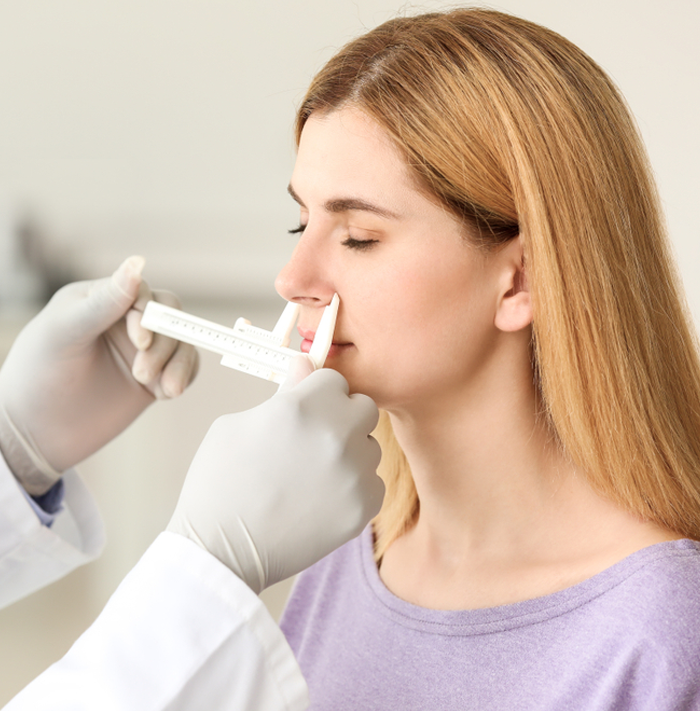
Rhinoplasty Cost
There isn’t a fixed price for rhinoplasty. The cost of the procedure varies based on the surgeon you work with, the location, and the type of rhinoplasty you want.
The more complex the surgery, the higher the price tag. A complicated rhinoplasty can cost upward of $19,000 while a simpler cosmetic procedure might only cost $9,000.
Fortunately, you don’t have to pay for rhinoplasty in one lump sum. Financing options for Rhinoplasty, such as CareCredit, are available.

Breathing Issues
Crooked Nose
Dorsal Refinement
Swelling
Consultation
Cost
Types of Rhinoplasty
Several types of rhinoplasty can be performed, depending on the patient’s facial structure and heritage, type of nose, and the number of rhinoplasty surgeries they’ve had in the past.
Male Rhinoplasty
Male rhinoplasty differs from female rhinoplasty in several ways, with one of the most notable differences being that men typically want thicker bridges and sharper tips to their noses.
While it cannot completely remove skin imperfections, male rhinoplasty can dramatically improve both the aesthetic and functionality of your nose.
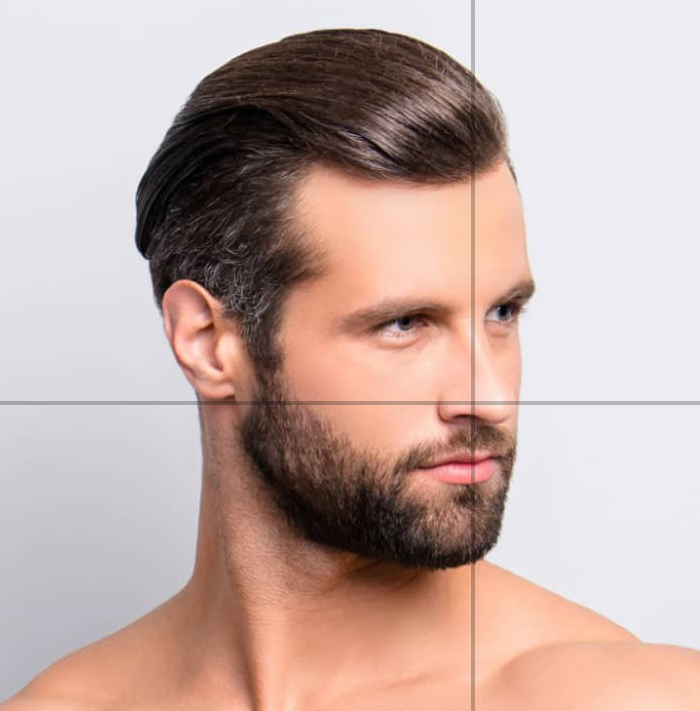
African-American
Rhinoplasty
African-American Nose Surgery usually has several cosmetic goals, such as refining the nasal bridge or creating more support for the nasal tip.
Dr. Bared might also focus heavily on the nasal skin when performing African-American rhinoplasty. The nasal skin often has an extra fat layer, which can make it challenging to re-drape over the nose. Dr. Bared might remove the extra fat, allowing him to shape and drape the skin with more ease.
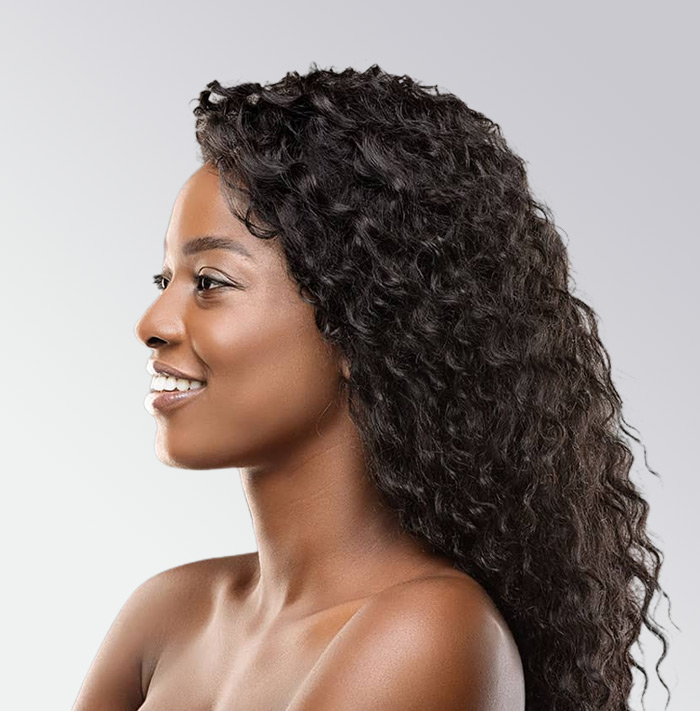
Hispanic
Rhinoplasty
Hispanic rhinoplasty can help to reshape the noses of people with a Latino background. The nasal structures of Hispanic noses can vary significantly, including Castilian, with a high bridge; Mexican-American, with flared nostrils and thicker skin, and Mestizo, with a bulbous tip.
Hispanic rhinoplasty can focus on raising or aligning the dorsum of the nose or refining the nasal tip. Patients with flared nostrils often want to narrow their nostrils.
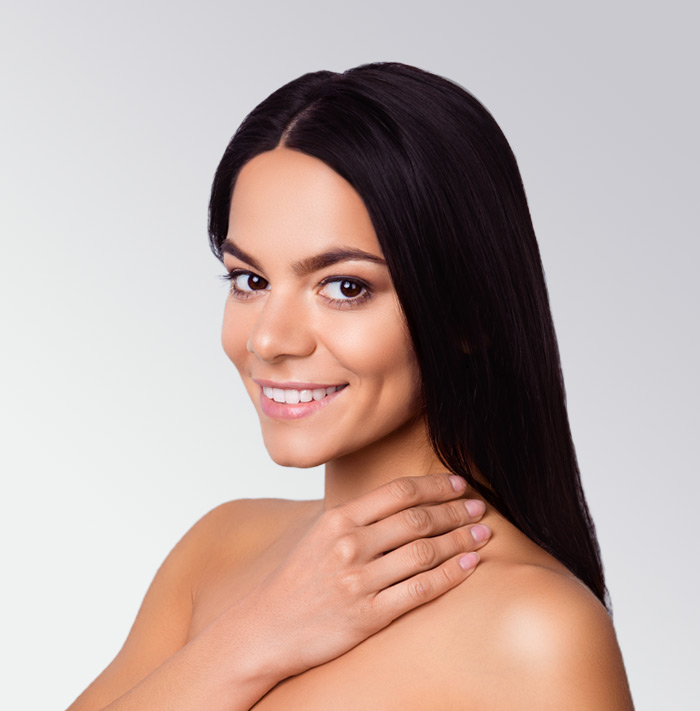
Asian
Rhinoplasty
People of East Asian heritage often have noses that have wide nasal tips and less prominent bridges. Asian rhinoplasty often augments the nose or improves its projection.
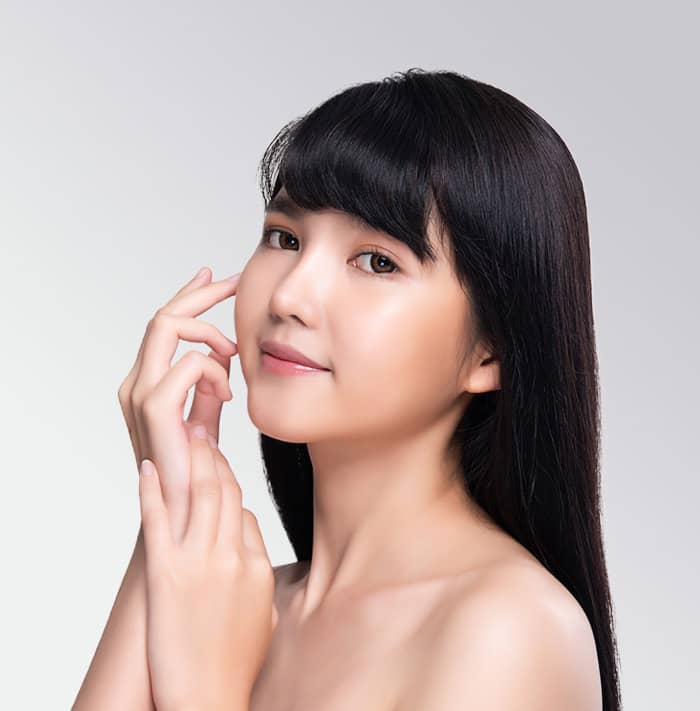
Revision Rhinoplasty
You might decide to have a revision rhinoplasty for one of many reasons. Some patients decide to have a second surgery because they aren’t happy with the results of the first procedure. Their dissatisfaction is often due to having an inexperienced surgeon perform the primary surgery.
Revision rhinoplasty is a more challenging surgery than a primary procedure. For that reason, it’s absolutely critical that you choose a surgeon with ample experience performing cosmetic nasal surgery, particularly revision rhinoplasty.
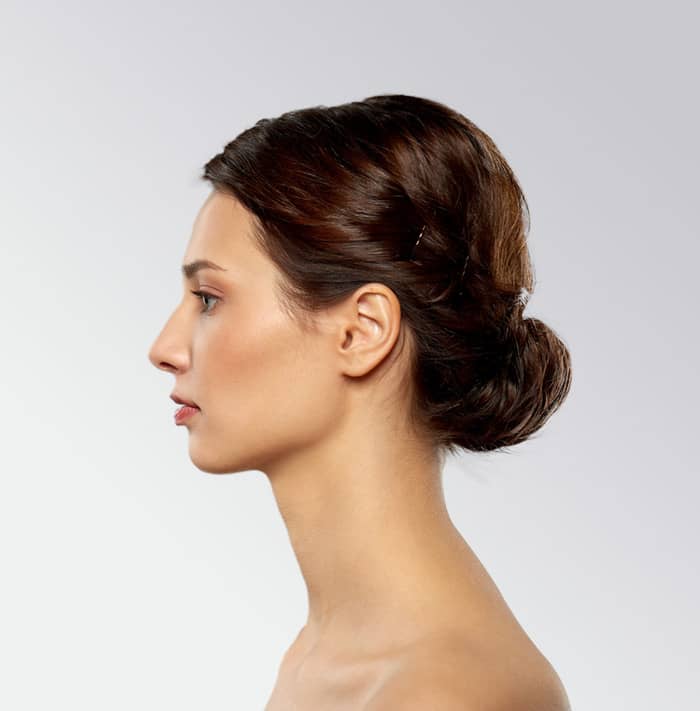
Male
African-American
Hispanic
Asian
Revision
Who is a Candidate for Rhinoplasty?
Rhinoplasty isn’t right for everyone. People who are good candidates for rhinoplasty surgery usually meet the following criteria:
- Their nose is fully mature: While teenagers can have rhinoplasty, it’s usually recommended that they wait until their facial features have matured. Continued growth can alter surgical results.
- They’re in good health: It’s important to be in good overall health before undergoing any type of elective surgery, including rhinoplasty. Good health means that any chronic medical conditions are under control.
- They don’t smoke: Smoking interferes with the healing process and can increase the risk of complications from rhinoplasty.
- They have realistic surgical goals: You should have a rhinoplasty for you, not because someone else wants it for you. Also, your goals should be realistic, meaning they’re something you can achieve through surgery. Rhinoplasty changes your nose, not who you are as a person.
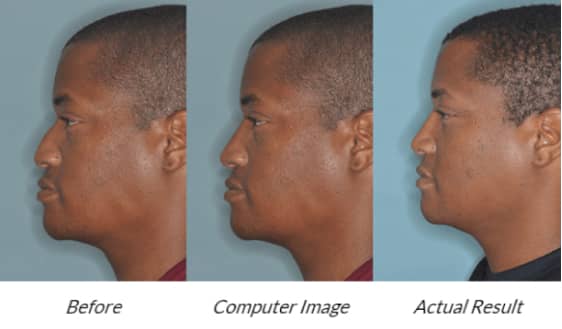
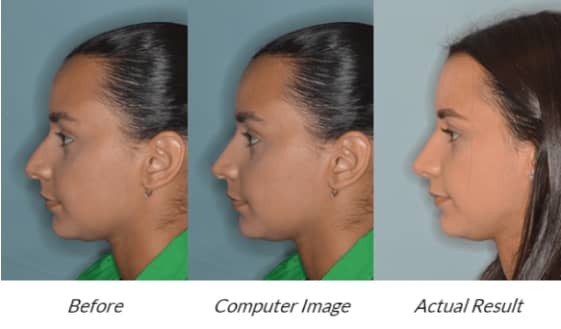
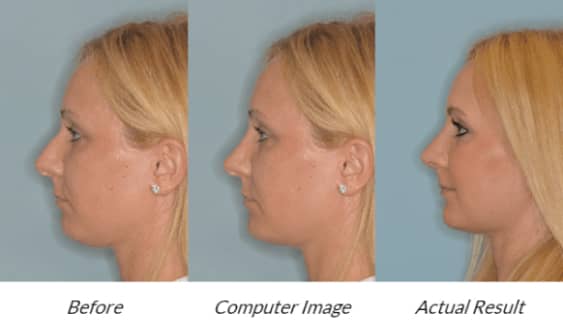
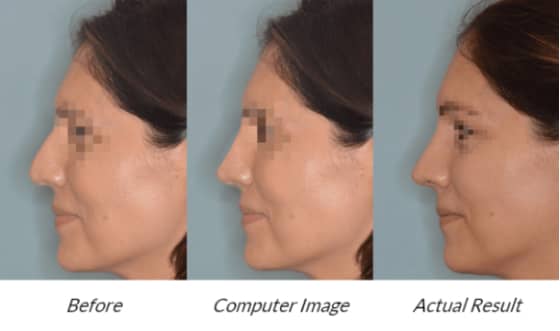
Each patient is unique and individual results may vary*.
How to Prepare for Rhinoplasty
This is one of the most demanding plastic surgery procedures but when you’ve decided to move forward with rhinoplasty, the next thing to do is prepare for the surgery itself. Board Certified Plastic Surgeon Dr. Anthony Bared M.D., F.A.C.S. will provide you with a list of pre and post-op instructions to help you get ready.
STEP 1: What you’ll need to do to prepare for surgery depends on your current lifestyle and medications. Some people might need to stop taking certain medicines or supplements before rhinoplasty as certain pain relievers and vitamins can increase bleeding risks. It’s best to avoid them in the weeks leading up to surgery.
STEP 2: If you smoke, you’ll be asked to quit at least two weeks before nose surgery.
STEP 3: Prep some meals for the week after your surgery, as you might not feel like cooking much.
STEP 4: If you have kids or pets, you might want to find a caregiver for them, at least for the first few days after rhinoplasty.
STEP 5: If you work, you’ll want to tell your employer right away and request the appropriate amount of time off, usually between one and two weeks. You might need to make arrangements at work to have someone cover your responsibilities during your time away.
STEP 6: If you’re in school and will miss some days after your surgery, connect with a classmate and have them let you know what your assignments are and what you will miss. It can be helpful to schedule your surgery during a school break so you don’t fall behind.

Call today to schedule your consultation
Dr. Bared approach
The Rhinoplasty Surgery
Each nose surgery Dr. Bared performs is tailored to the unique needs of the patient.
Dr. Bared doesn’t use artificial implants during rhinoplasty. He typically uses the patient’s own soft tissue when needed to augment the nose or correct deformities.
A surgeon can use one of two techniques when performing rhinoplasty: open or closed.
A surgeon can use one of two techniques when performing rhinoplasty: open or closed approach. During a closed rhinoplasty, the surgeon makes all the incisions inside of the nose.
Dr. Bared prefers the open rhinoplasty technique, which involves making a small incision between the nostrils and then opening up the nose. The open method allows greater access to the interior of the nose. It generally produces better results than the closed technique.
Before beginning the rhinoplasty procedure, Dr. Bared gives his patients general anesthesia. Using a general anesthetic is preferable to IV or sedation, as it helps to regulate and control breathing.
At the end of the surgery, Dr. Bared uses fine sutures to close the incisions. The sutures help the incision to heal in a way that leaves a minimal, barely visible scar.
Rhinoplasty Videos
Each patient is unique and individual results may vary*.
Risks and Side Effects of Rhinoplasty
Rhinoplasty is generally a safe procedure, however, as with all surgical procedures, there are potential risks.
Common potential risks include infection, unfavorable result that requires further surgeries, asymmetry of the nose, difficulty breathing through the nose following surgery, and visible scars.
Additionally, patients should also be aware that there may be numbness or tingling in the operated area post-operatively.
Recovery from Rhinoplasty Surgery
Initial recovery after rhinoplasty takes about two weeks as the swelling and the bruising after the nose surgery decrease.
After about two weeks, you may feel ready to return to work or school. However, you should still avoid strenuous activities or physical activities that could impact your nose, such as swimming, heavy lifting, and contact sports or those that involve flying objects. Following a diet after rhinoplasty will also help you with the healing process.
Many people start to see the final results from their rhinoplasty within six months, but it can take up to a full year after surgery before the results are fully visible.
Why Choose Dr. Anthony Bared
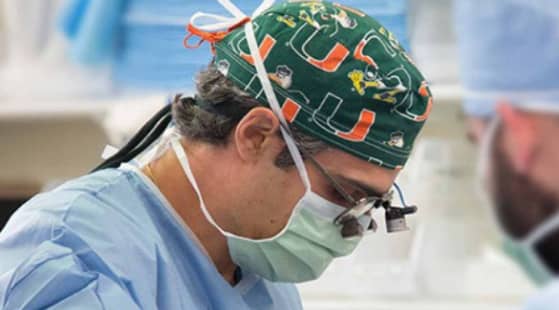
- Dr. Bared’s training was first in Otolaryngology at the University of Miami, followed by the awarding of a highly competitive fellowship by the American Academy of Facial Plastic and Reconstructive Surgery at the University of Illinois-Chicago.
- He is Double Board Certified by the American Board of Facial Plastic and Reconstructive Surgery and the American Board of Otolaryngology.
- Dr. Bared has numerous publications and has lectured at various nationwide scientific meetings.
- He also serves as a clinical voluntary Assistant Professor at the Florida International University, Herbert Wertheim College of Medicine.
Rhinoplasty FAQs
During an open procedure, the surgeon makes an incision outside of the nose, allowing open access to the cavities of the nasal structures. During a closed rhinoplasty, the surgeon makes all incisions inside the nose.
Yes, there are non-surgical options available for nose enhancement. One common non-surgical procedure is called a non-surgical rhinoplasty or liquid rhinoplasty. This involves using injectable dermal fillers, typically hyaluronic acid-based fillers, to reshape and contour the nose without the need for surgery.
While non-surgical rhinoplasty can provide temporary results and is often used to address minor aesthetic concerns such as small bumps or asymmetry, it’s important to note that it may not be as effective or long-lasting as traditional surgical rhinoplasty. Non-surgical options can be a good choice for individuals seeking minor adjustments or who prefer a non-invasive approach, but for more significant changes or structural modifications, surgical rhinoplasty may be a more suitable option.
Rhinoplasty can help to correct certain breathing difficulties. Talk to your surgeon about your options.
Age can be more than a number when it comes to rhinoplasty. If you’re young and haven’t finished growing yet, you might be too young for rhinoplasty. Usually, the surgery is recommended for people over age 16. As long as you’re in good health, there’s no upper age limit for rhinoplasty.
The thickness of your skin can affect the outcome of rhinoplasty and the surgery itself. Prolonged swelling is more common in patients who undergo thick skin rhinoplasty, for example. People with thin skin, however, might have more visible irregularities after surgery.
You can usually return to school or work one or two weeks after rhinoplasty.
If you live near Miami FL, Dr. Anthony Bared offers all types of rhinoplasty for patients in South Florida among its services and is conveniently located at 6280 Sunset Dr #506, Miami, FL 33143
Insurance does not cover cosmetic surgeries. Your insurance provider might cover part or all of a rhinoplasty procedure that’s performed to fix breathing problems.
If you aren’t happy with your results, wait a few months before re-evaluating how you feel. It can take up to a year for swelling to subside. If you still aren’t happy, schedule a consultation with Dr. Bared to learn more about your revision rhinoplasty options.
Last modified by Dr. Anthony Bared
